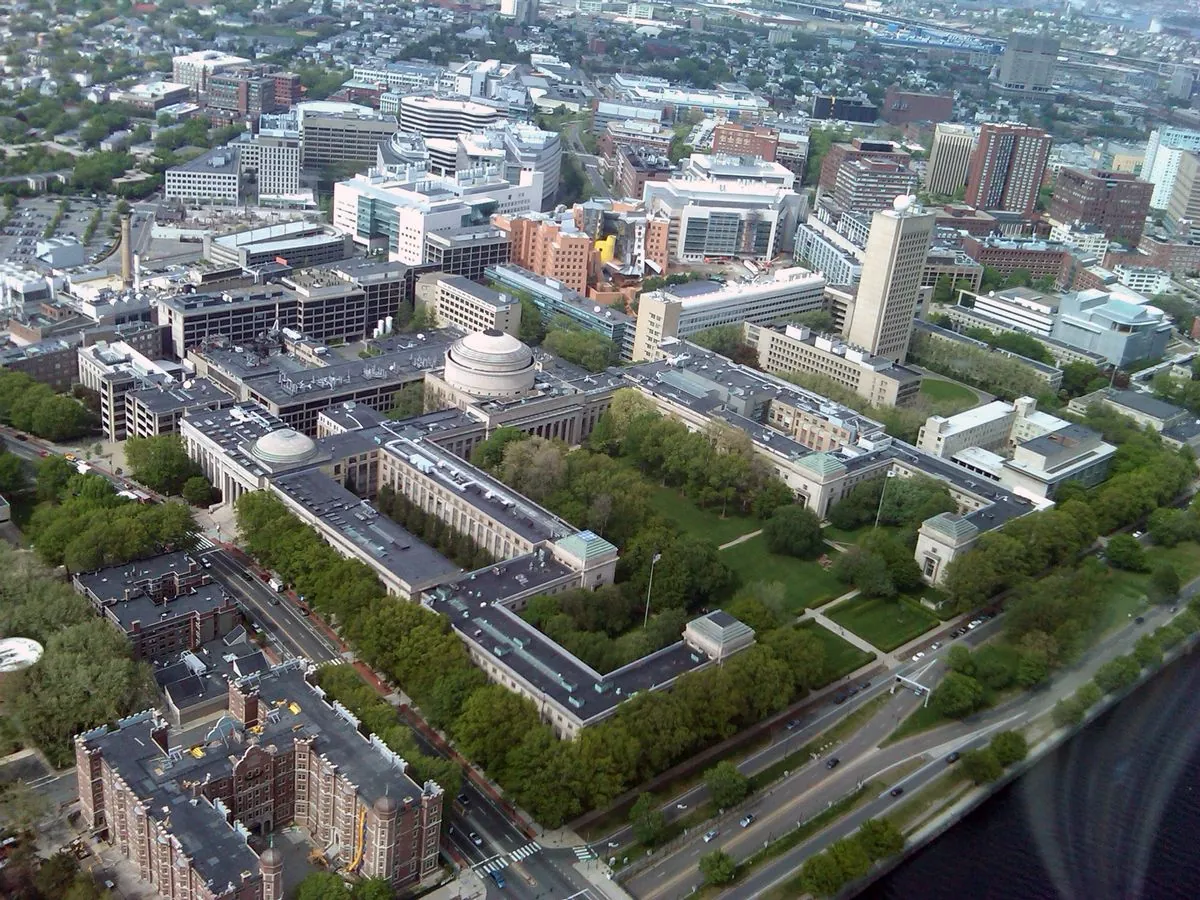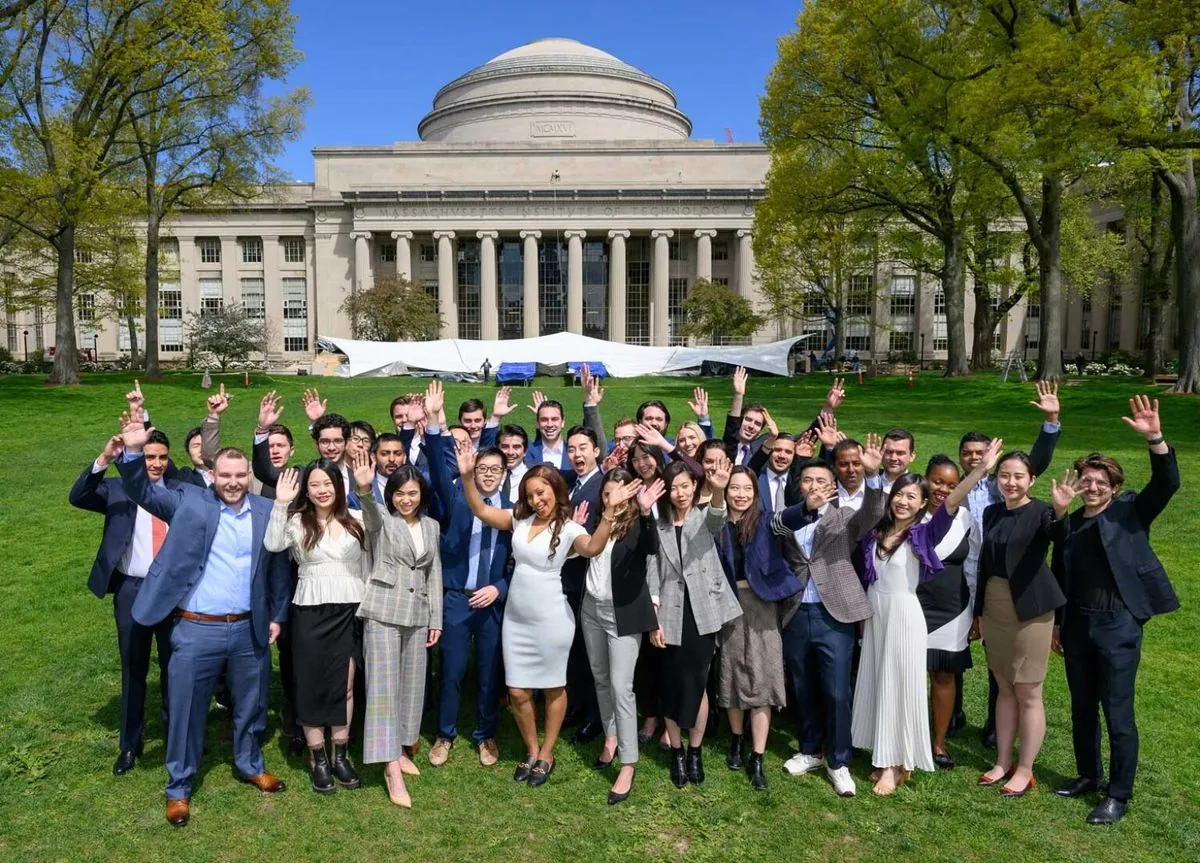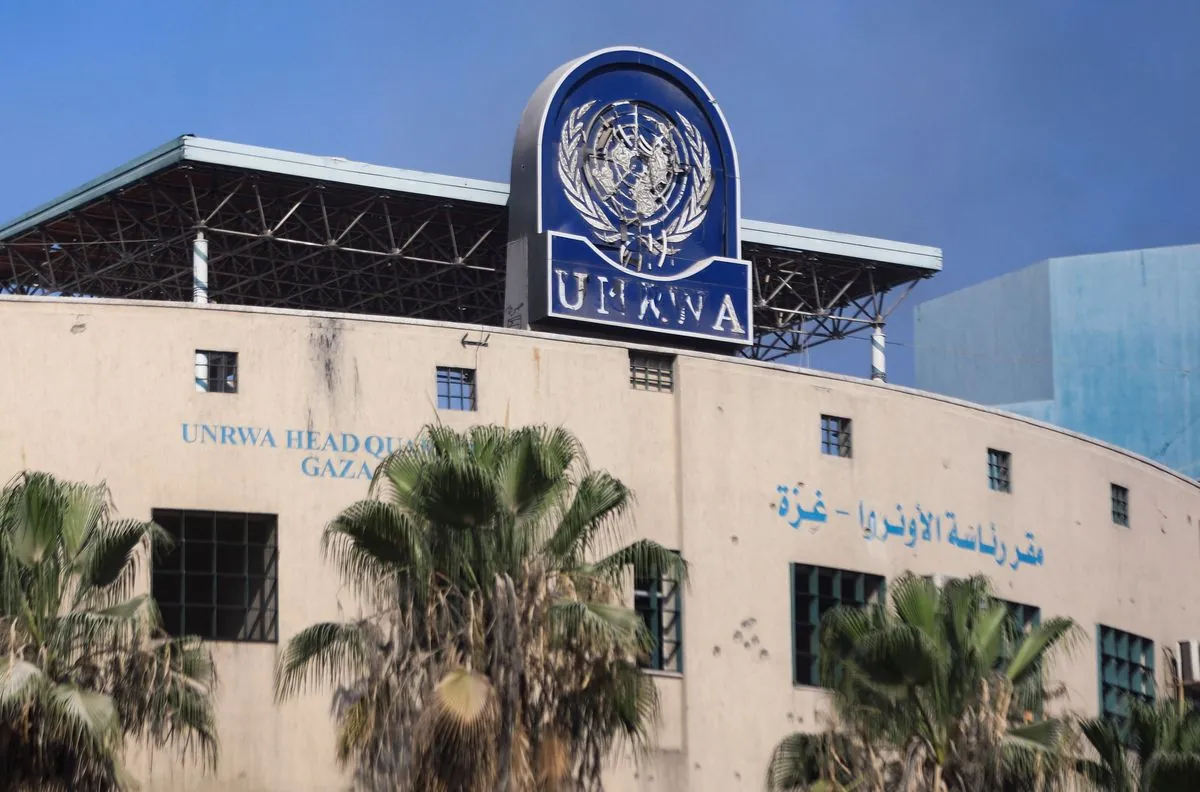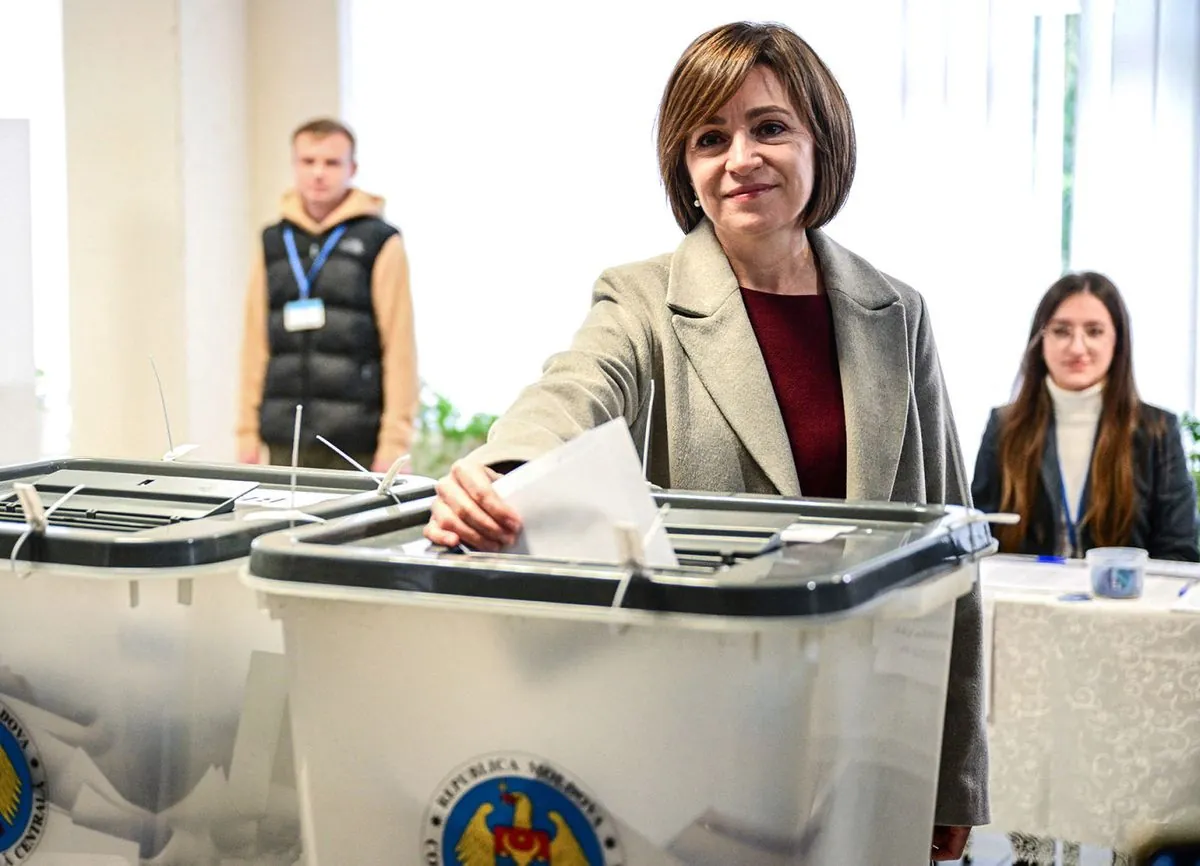MIT Sees Sharp Drop in Minority Enrollment After Affirmative Action Ban
MIT reports significant decrease in underrepresented minority students in its incoming class, following the Supreme Court's ban on race-based admissions. The institute plans to enhance recruitment efforts and STEM education access.

The Massachusetts Institute of Technology (MIT) has reported a substantial decrease in the enrollment of underrepresented minority students in its incoming freshman class. This change comes in the wake of the U.S. Supreme Court's decision to prohibit the use of race as a factor in college admissions last year.
According to MIT's recent announcement, the proportion of Black, Hispanic, Native American, and Pacific Islander students in the Class of 2028 has fallen to 16%, a significant drop from the 31% observed in previous years. Conversely, the percentage of Asian American students has increased from 41% to 47%, while the proportion of white students has remained relatively stable.

MIT administrators attribute this shift to the Supreme Court's ruling against affirmative action, a practice many selective U.S. higher education institutions had employed for decades to increase enrollment of underrepresented groups. The decision, which involved cases against Harvard University and the University of North Carolina, determined that race-conscious admissions practices violated the constitutional guarantee of equal protection under the law.
Sally Kornbluth, MIT's President, acknowledged the impact of the court's decision on campus diversity. She stated:
"The class is, as always, outstanding across multiple dimensions. But what it does not bring, as a consequence of last year's Supreme Court decision, is the same degree of broad racial and ethnic diversity that the MIT community has worked together to achieve over the past several decades."
The incoming class at MIT now comprises 5% Black, 1% American Indian/Alaskan Native, 11% Hispanic, and 0% Native Hawaiian/Pacific Islander students. This represents a notable change from the previous four years, where these groups collectively made up 31% of incoming freshmen.
In response to these changes, MIT plans to enhance its recruitment strategies and invest in expanding access to science and math education for young students across the country. This initiative aims to address the enrollment gaps and maintain the institute's commitment to diversity.
MIT, founded in 1861, has long been recognized for its academic excellence and innovative approach to education. With its motto "Mens et Manus" (Mind and Hand), the institute emphasizes both theoretical knowledge and practical application. As of 2024, MIT has produced 98 Nobel laureates, highlighting its significant contributions to scientific and technological advancements.
The institute's response to the changing admissions landscape reflects its ongoing efforts to balance legal compliance with its commitment to fostering a diverse and inclusive academic environment. As one of the world's top universities, MIT's approach to this challenge may influence other institutions facing similar issues in the post-affirmative action era.


































